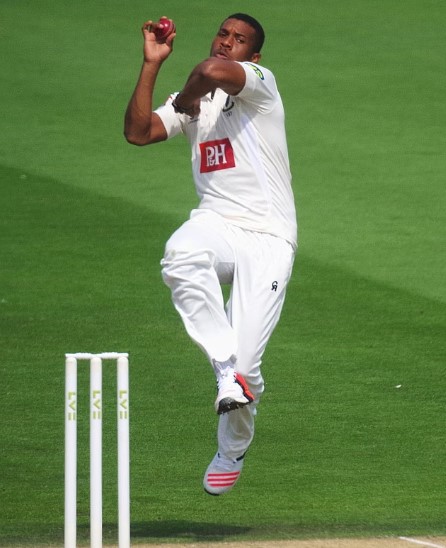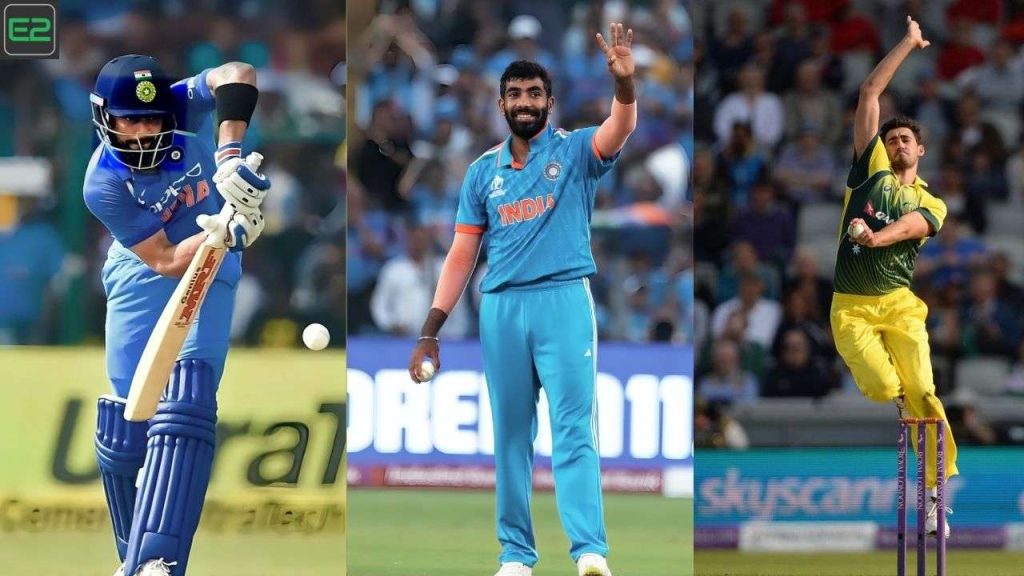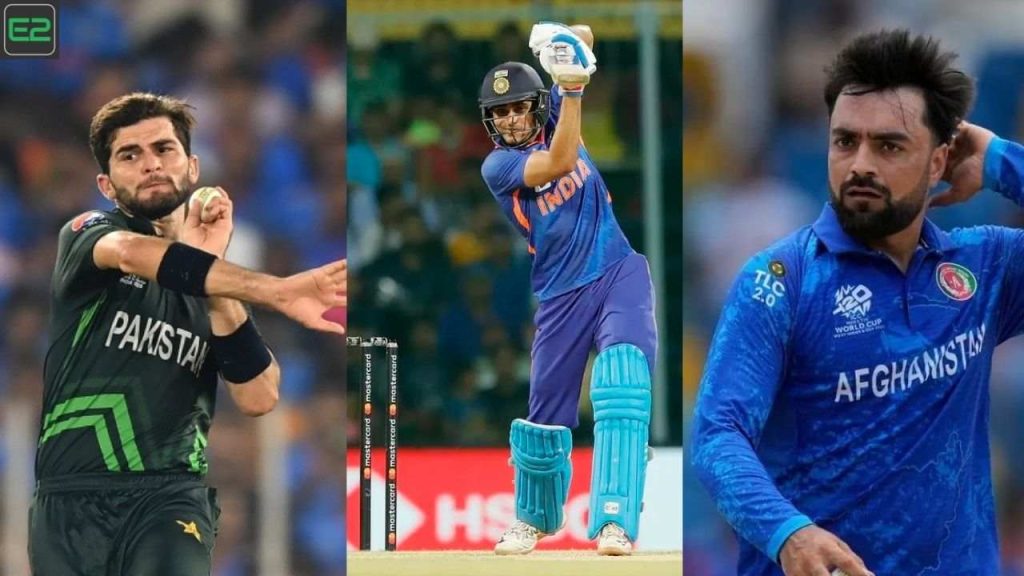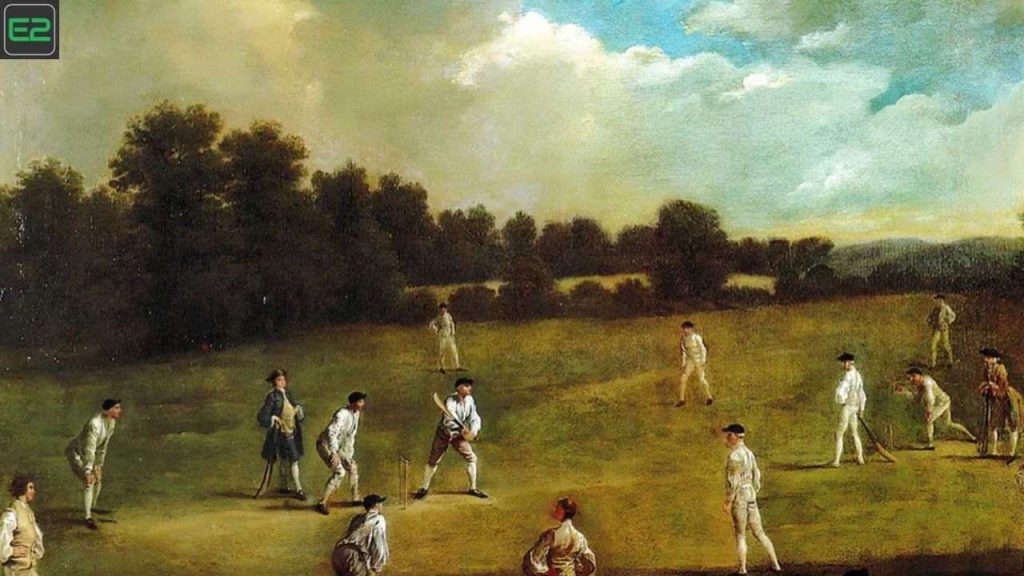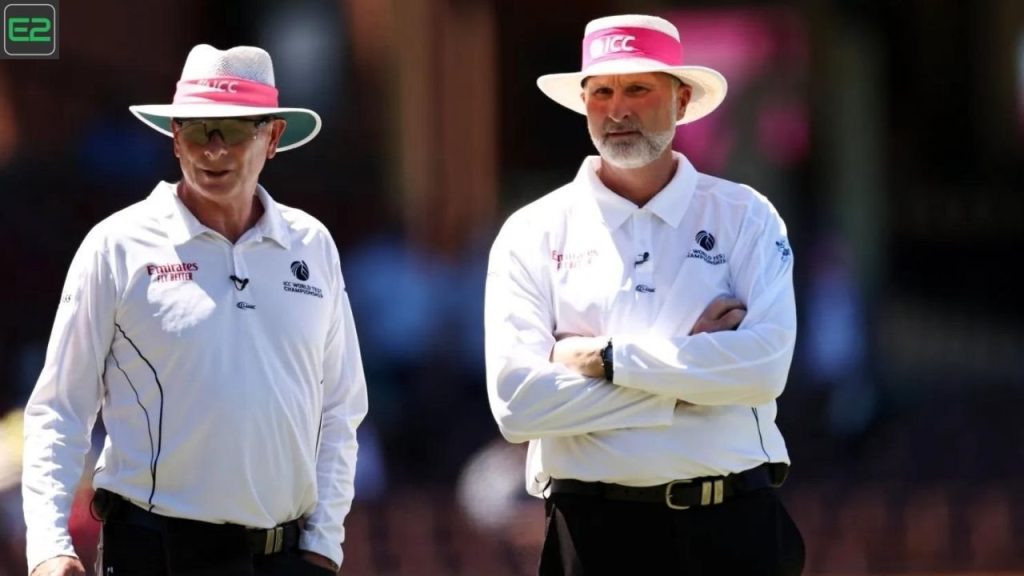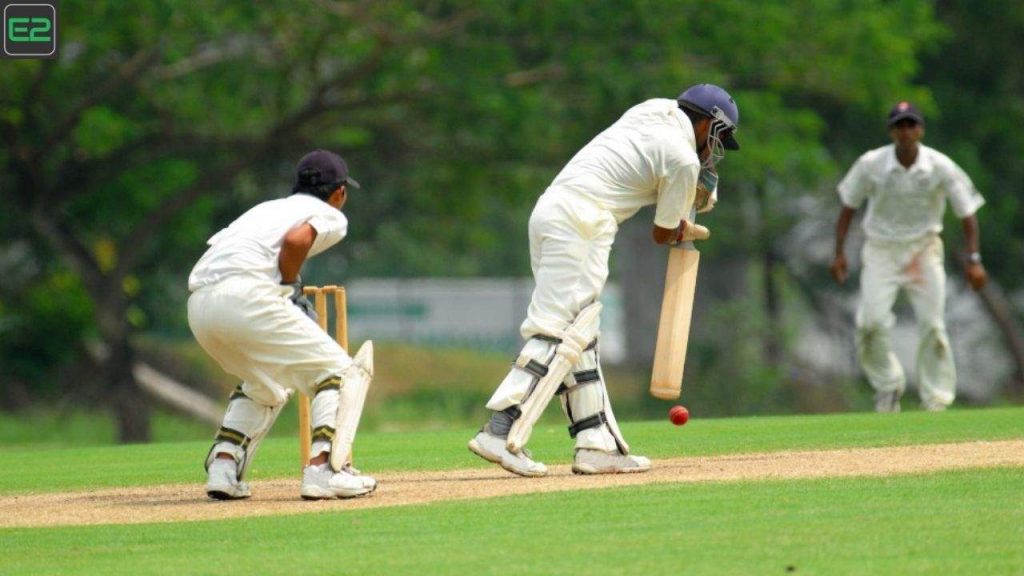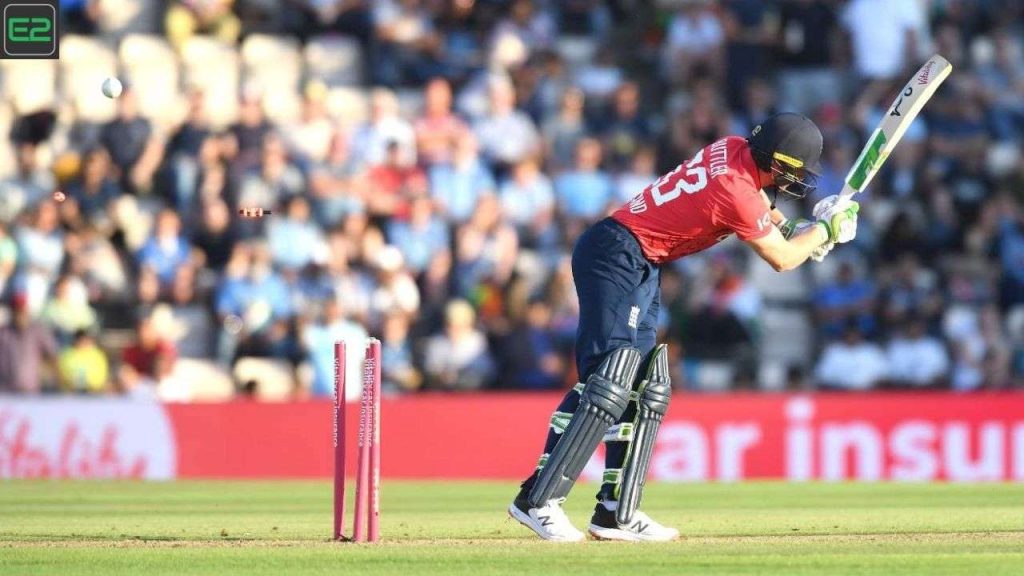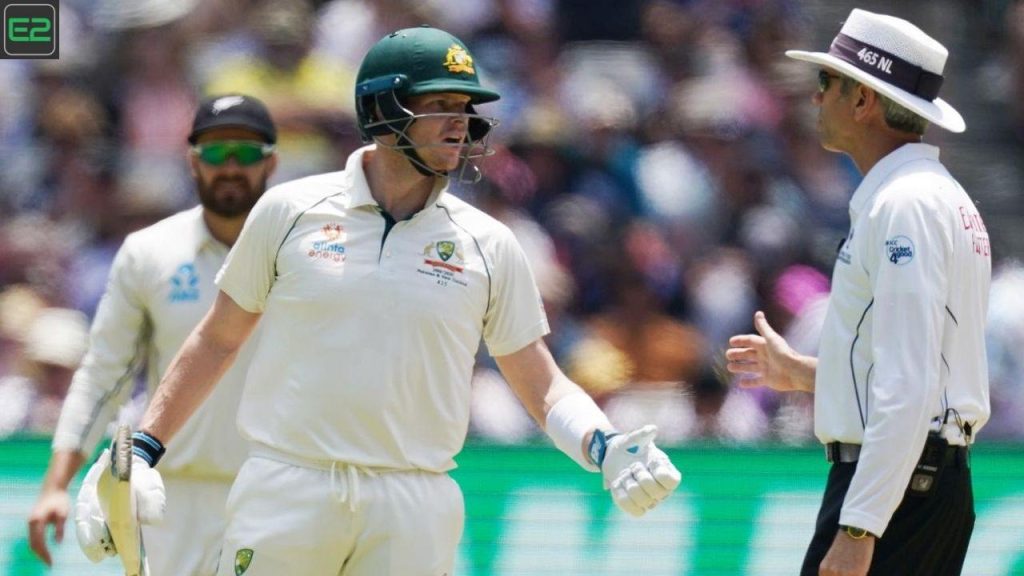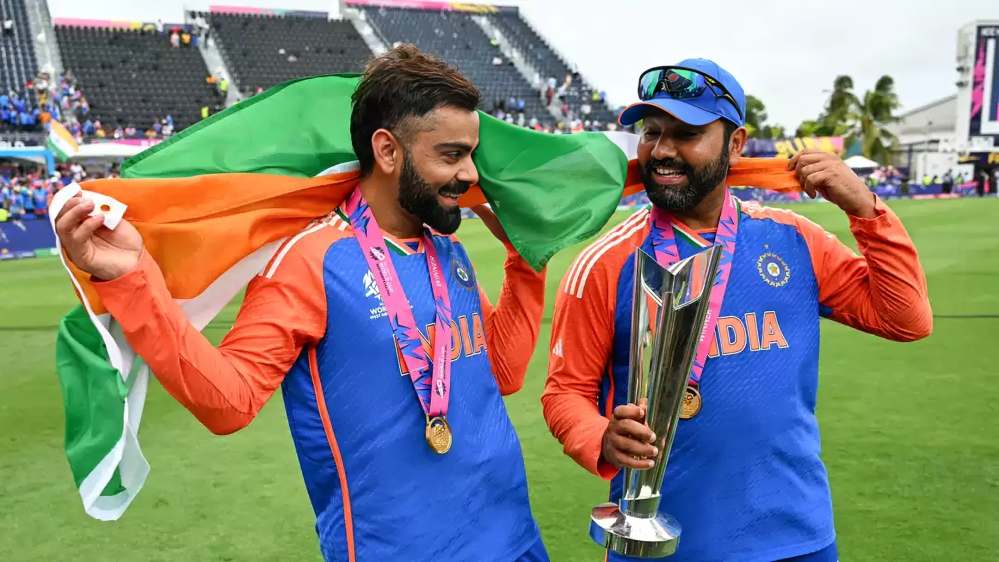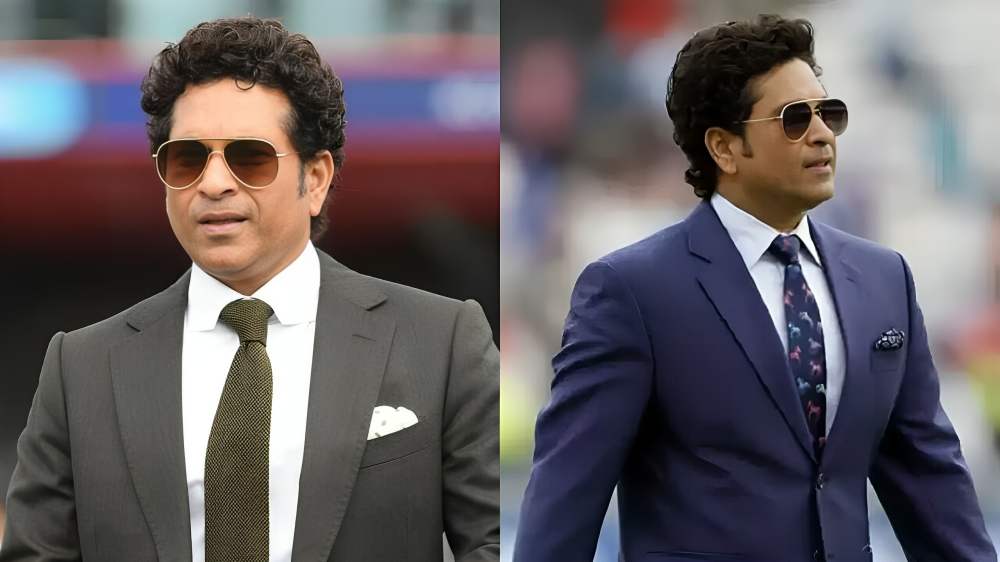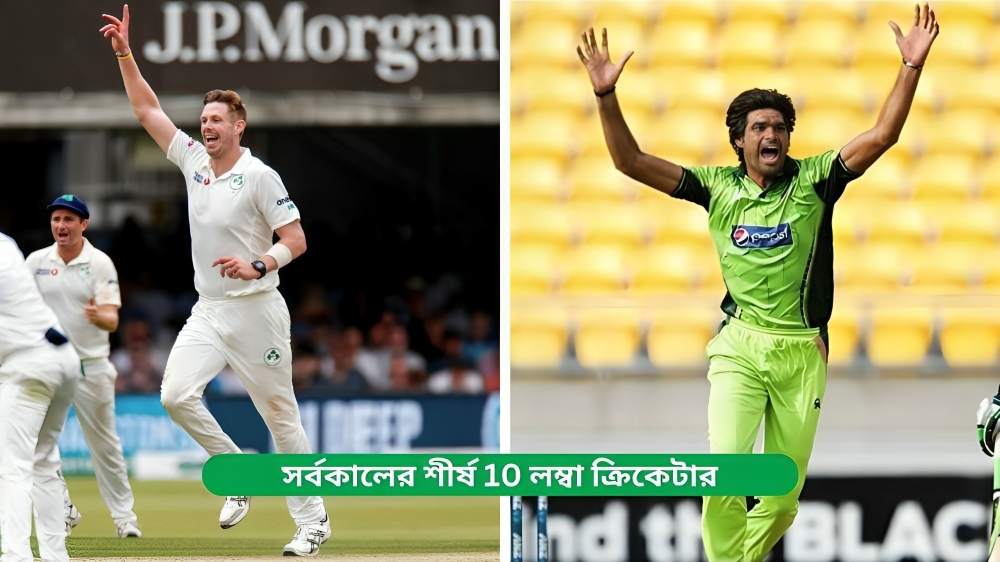Strike Rate: In cricket, statistics play a crucial role in measuring a player’s performance. One of the key metrics for evaluating a bowler’s effectiveness is their strike rate. Whether you’re a cricket enthusiast or a casual fan, understanding the bowling SR can offer deep insights into a bowler’s skill, consistency, and overall impact on the game. But what exactly is a bowling SR, how is it calculated, and why does it matter?
In this article, we will explore the concept of the bowling SR, how it is calculated, and why it is important for bowlers in both limited-overs and Test cricket. Additionally, we will take a look at some examples of top bowlers who have made a significant impact with their strike rates.
What Is Bowling SR?
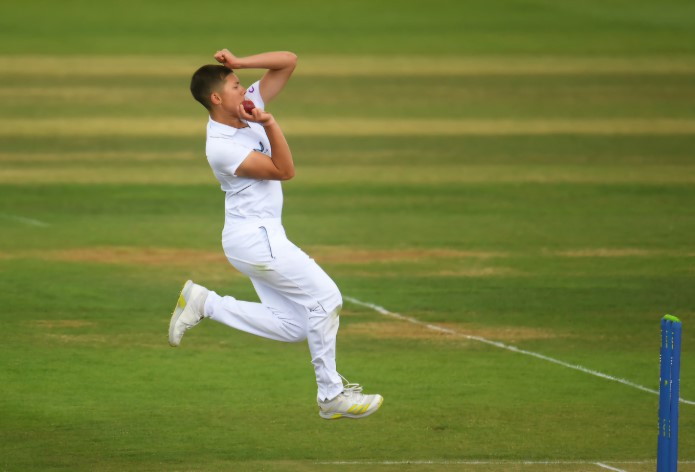
A bowler’s SR is a statistic that measures how many balls it takes for them to dismiss a batsman. In simpler terms, it is the number of deliveries bowled per wicket taken. A lower strike rate indicates a bowler’s ability to take wickets quickly, while a higher strike rate suggests that the bowler takes longer to get a wicket.
The formula to calculate the bowling SR is:
Bowling Strike Rate=Wickets Taken/Balls Bowled
For example, if a bowler has bowled 300 balls and taken 10 wickets, their strike rate would be:
Strike Rate=10/300=30
This means the bowler takes a wicket every 30 balls.
Why Does Bowling SR Matter?
Bowling SR is an essential statistic for a few reasons:
Indicates Effectiveness: A low SR suggests that a bowler is quick to dismiss batsmen, meaning they can change the course of a match quickly. Bowlers who take wickets at regular intervals are crucial in breaking partnerships and keeping the pressure on the opposition.
Consistency: Bowlers with a consistent low strike rate are typically considered more effective in the long run. They are able to deliver breakthroughs at key moments, which can be pivotal in both limited-overs and Test matches.
Impact in Different Formats: The importance of SR may vary across different formats of the game. In shorter formats like T20 or One Day Internationals (ODIs), a lower strike rate is especially valued because the bowler has fewer opportunities to take wickets. In Test cricket, however, the strike rate may be slightly higher, as bowlers are expected to build pressure over longer spells.
Bowler Types: Fast bowlers often have lower strike rates than spin bowlers, as they are more likely to generate quicker dismissals through pace and aggression. On the other hand, spin bowlers may have a higher SR due to the slower nature of their deliveries and the tactical intricacies of spin bowling.
Bowling Strike Rate In Different Formats
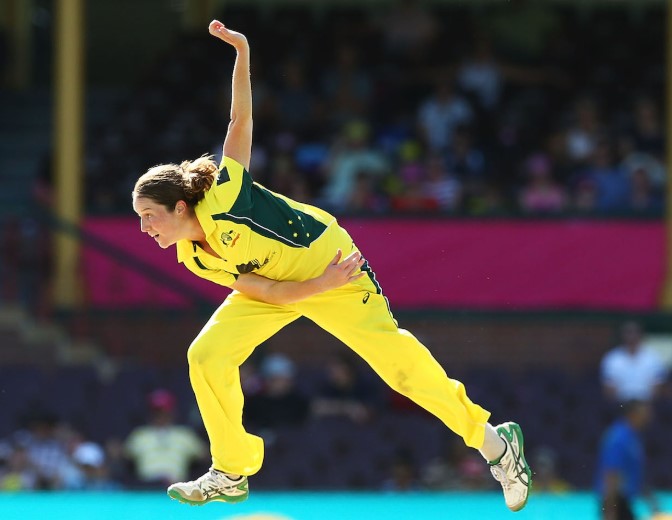
The bowling SR is highly dependent on the format in which the bowler is playing. Let’s look at how strike rate expectations differ across the three main formats of cricket: Test matches, One Day Internationals (ODIs), and T20 Internationals.
Test Matches
In Test cricket, bowlers bowl longer spells and are expected to build pressure over time. The strike rate tends to be higher in Tests compared to limited-overs formats because bowlers have more time to work on dismissing batsmen.
| Format | Average Strike Rate | Explanation |
|---|---|---|
| Test | 55-65 balls per wicket | Test bowlers bowl longer spells, focusing on containment and persistence. A lower strike rate is an indicator of a bowler’s ability to take wickets in challenging conditions. |
| ODI | 30-35 balls per wicket | In ODIs, the game is faster-paced, so bowlers must strike quickly to control the flow of runs and take wickets. |
| T20 | 18-22 balls per wicket | In T20 cricket, where the format is even shorter, a bowler’s strike rate becomes crucial. Quick wickets can break partnerships and change the momentum of the match. |
One Day Internationals (ODIs)
In ODIs, bowlers need to be more aggressive to get wickets due to the limited number of overs. A bowler with a strike rate of around 30-35 balls per wicket in ODIs is considered highly effective. Since batsmen are often on the offensive, the key to success is the ability to strike at regular intervals.
T20 Internationals
In T20 cricket, quick wickets are even more valuable as the pace of the game is rapid. A bowler with a SR of 18-22 balls per wicket is considered exceptional in this format. Given the reduced number of overs, bowlers are under constant pressure to take wickets while controlling the runs.
Factors Affecting Bowling SR
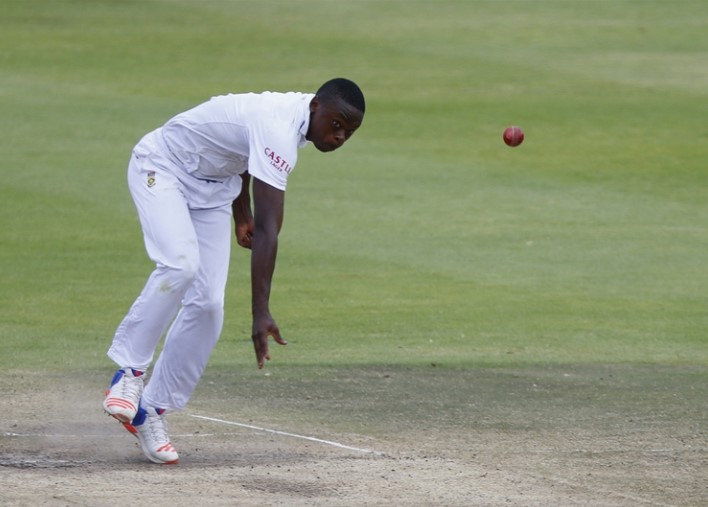
Several factors can affect a bowler’s SR, including:
Bowling Style: Fast bowlers typically have a better chance of taking wickets quickly due to their ability to generate pace and bounce. In contrast, spin bowlers may have slightly higher SR because they rely more on deception and consistency.
Pitch Conditions: Some pitches offer more assistance to bowlers, leading to quicker wickets. In contrast, flat, dry pitches may make it harder to take wickets, causing a rise in the bowler’s strike rate.
Opposition: The quality of the opposition also plays a significant role. Bowlers may have a lower SR against weaker batting line-ups compared to stronger sides, where they may need to work harder for a breakthrough.
Match Situation: Bowlers often adjust their strategies depending on the match situation. For example, in a T20 game, bowlers may focus more on containment, resulting in fewer wickets. On the other hand, in a Test match, the focus might be on wearing down the batsmen over several overs, leading to more breakthroughs.
Examples Of Top Bowlers With Impressive SR
Let’s take a look at some of the best bowlers in cricket history and their bowling SR in various formats.
| Bowler | Format | SR | Wickets Taken |
|---|---|---|---|
| Shane Warne | Test | 57.4 | 708 |
| Muttiah Muralitharan | Test | 55.1 | 800 |
| Brett Lee | ODI | 29.0 | 380 |
| Lasith Malinga | T20 | 16.6 | 107 |
| Shaheen Afridi | ODI | 25.1 | 50 |
| Rashid Khan | T20 | 16.3 | 108 |
As shown in the table, bowlers like Muttiah Muralitharan and Shane Warne have exceptional strike rates in Test cricket, while players like Lasith Malinga and Rashid Khan have impressive strike rates in T20 cricket. These bowlers are known for their ability to take wickets regularly, which is why their strike rates are so low.
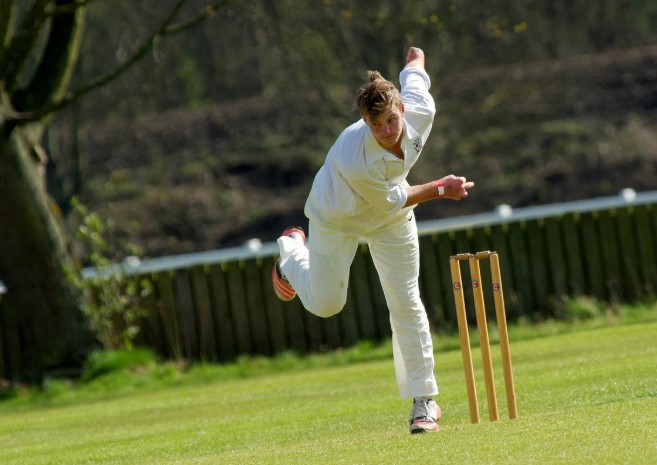
Strike Rate And Team Success
While individual bowling strike rates are essential, a team’s overall bowling strike rate can also play a significant role in determining their success. A team with bowlers who consistently take wickets at regular intervals will apply more pressure on the opposition and improve their chances of winning.
The bowling strike rate is a critical metric in evaluating a bowler’s efficiency and effectiveness in cricket. It reveals how often a bowler can break partnerships and dismiss batsmen, which is crucial for the success of their team. Bowlers with low strike rates are typically seen as match-winners, able to deliver key breakthroughs when needed.
While factors like bowling style, pitch conditions, and match situations affect the strike rate, it remains one of the most telling indicators of a bowler’s skill. By understanding and analyzing strike rates across formats, teams can better plan their bowling attacks, while fans can appreciate the true impact of bowlers on the game. Whether in Test cricket, ODIs, or T20s, a bowler’s ability to dismiss batsmen quickly is an invaluable asset in the world of cricket.
